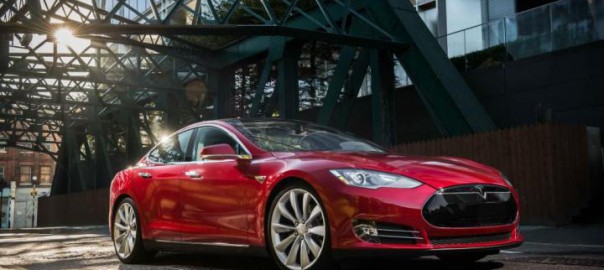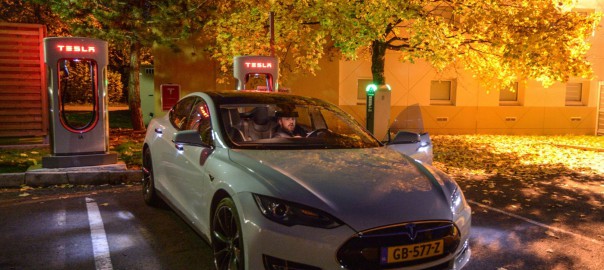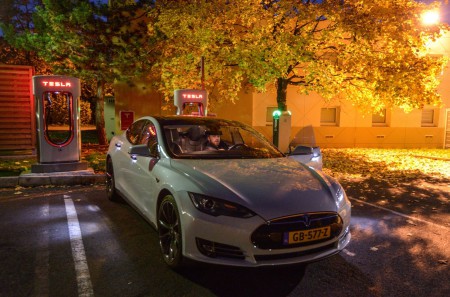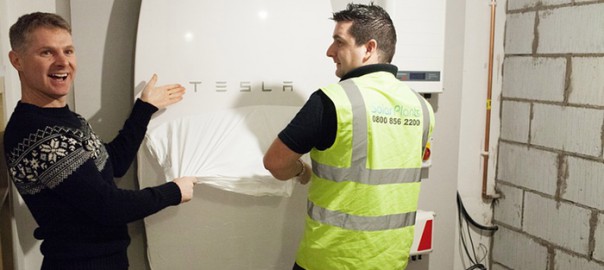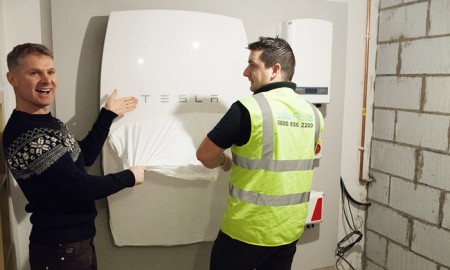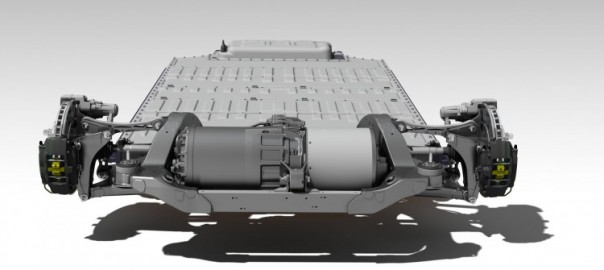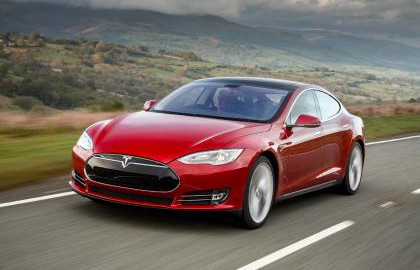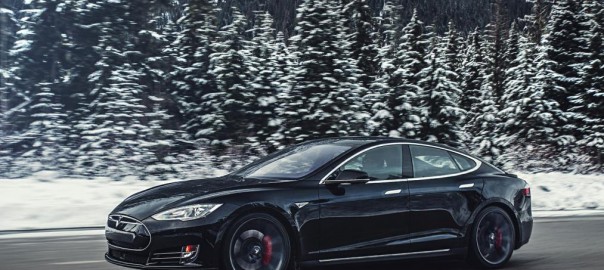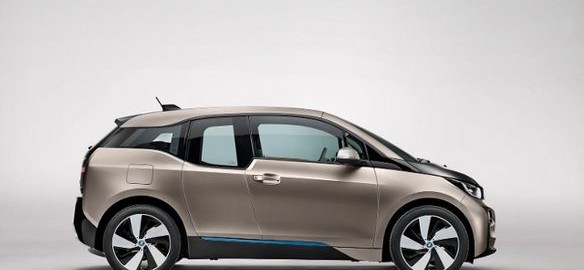Watch out petrol, it’s time for electric vehicles to shine
Stephen Hill is an enthusiast for electric vehicles, noble and economical successor to the internal combustion engine
Since the beginning of time, mankind has needed a form of transport to move faster and further than his legs could carry him. For millennia, this need – as basic as food, clothing and housing – was met by the horse in the West, whether harnessed to a carriage or for riding, carrying, hunting, charging, ploughing or pulling, and by the camel in Arabia.

Then the Industrial Revolution in nineteenth-century Britain changed everything, especially with the invention of the steam engine, the first form of mechanised power for transport. By 1883, steam engines, which were actually external combustion engines, could generate the power of 10,000 horses.
Then the beginning of the twentieth century saw the advent of the ubiquitous motorcar, powered by two completely different sources: petrol and electricity. The first petrol-driven vehicle was produced in 1902 by Daimler-Mercedes. Meanwhile, the first electric car, produced and sold in Chicago in 1906, is still running to this day. The power of these cars, however, was still rated by the number of horses that they replaced.
The twentieth century belonged exclusively, however, to the petrol-driven internal combustion engine, or ICE, for several reasons: first, fuel was available and relatively inexpensive, at least until 1974’s oil crisis; secondly, it offered superior performance, especially acceleration and top speed; and thirdly, mass-production made it widely affordable.
These advantages turned the ICE-driven automotive industry into by far the world’s biggest industry, employing millions. The electric vehicle, or EV, could not compete back then with ICE, as batteries were unable to store the electricity required and could not offer anything like the same performance and endurance, especially acceleration, top speed and distance, and were expensive.
The twenty-first century is changing all that, as EV will increasingly overtake ICE, because fossil fuel costs have risen significantly during the last half-century; the issue of toxic emissions is now widely understood and condemned for their harmful effects on the wider environment; the development of battery power now gives the same performance, including acceleration, top speed and distance, for EVs as ICE; EV is cheaper to manufacture and repair than ICE; and EV has much lower depreciation, and therefore lower annual running and finance costs. Above all, EV has no toxic emissions.
In the 2014/15 motor-racing season, for the first time, there will be Formula E running alongside Formula 1. Formula E will offer the same performance, including acceleration and top speed, as Formula 1, but with no noise or toxic emissions.
Ten EV teams will compete, not on out-of-town noisy, smelly race-tracks, but in ten city centres, given that they are green, including Los Angeles, New York, London, Beijing and six others. Various forms of EVs are now in mass-production in California, France, Germany, and Japan, with India, China and the UK soon to follow.
The leading EV manufacturer, Tesla in California, has opened a showroom at Westfield in London; can now provide power for 700 miles; and has just announced an unlimited eight-year warranty on batteries and motor parts. It’s a bit of a shame that the first design of the Tesla S model is so bland… but watch out, old ICE manufacturers: EV is now real.
Source: Spears WMS

